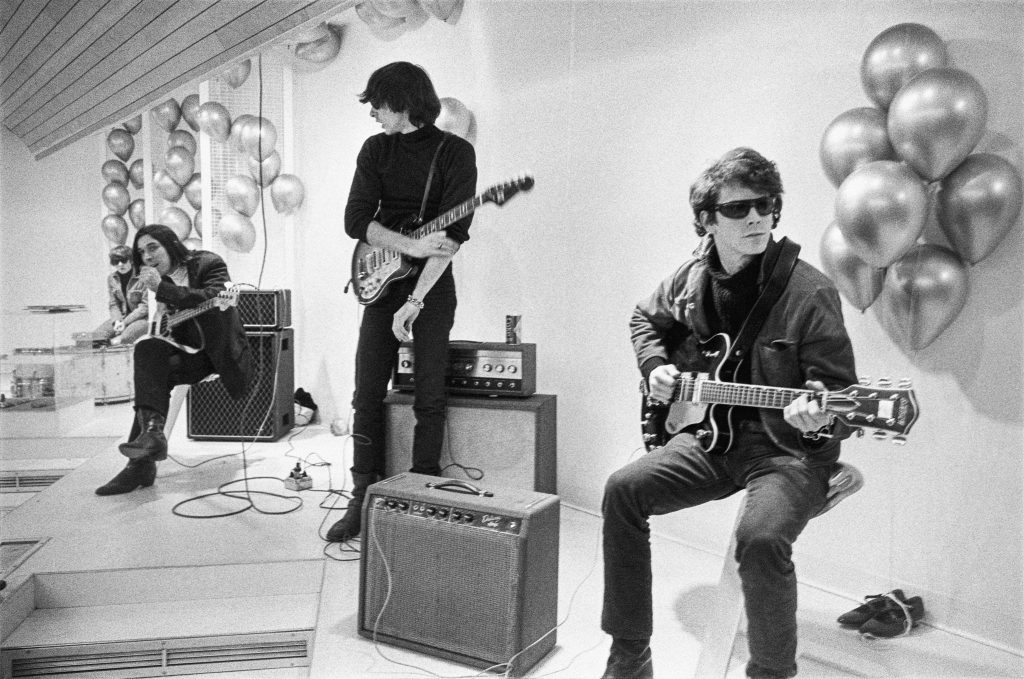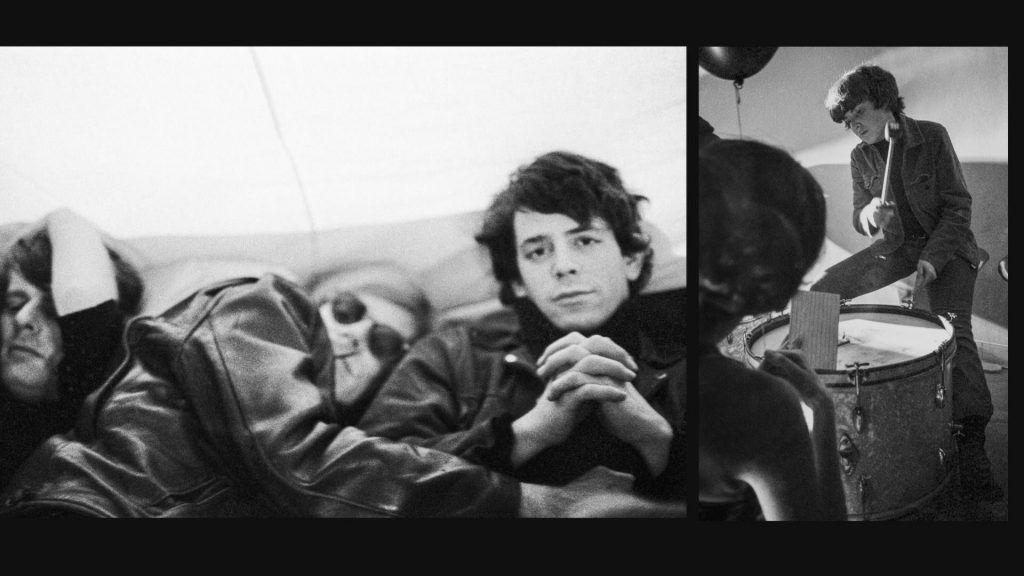
The Velvet Underground created a new sound that changed the world of music, cementing its place as one of rock ’n’ roll’s most revered bands. After its smashing premier in July 2021 at the Cannes Film Festival, Todd Hayes’ documentary, The Velvet Underground, is scheduled for release in theaters and Apple TV on October 15. Whether you are familiar with the group or not, this quick rundown will help refresh your memory or catch you up on The Velvet Underground’s history and influence before watching.
Who is The Velvet Underground?
Formed in New York City in 1964, The Velvet Underground was said to be so influential that those who saw them perform went and started their own bands. Led by singer and guitarist Lou Reed, the violist, bassist, and pianist John Cale, guitarist Sterling Morrison, and drummer Moe Tucker (who replaced original drummer Angus MacLise in 1965), disrupted the world of punk and alternative rock with their avant-garde sound and controversial lyrics, which often explored topics of drug use, sadomasochism, and numbing despair.
Andy Warhol + Nico
The famous pop artist Andy Warhol became the band’s manager and producer in 1966 after seeing them perform in a Greenwich Village club. The artist’s reputation helped the band gain visibility when he took them on tour for his performance art roadshow, Exploding Plastic Inevitable, combining his films with their music from 1966 to 1967.
Warhol also introduced them to Nico, a German singer, actress, and model who was featured in three songs of their first album, The Velvet Underground & Nico (1967). In 1967, Nico later moved on to a solo career when Reed fired Warhol as the band manager.
The Music
The Velvet Underground’s music was stylistically diverse, rebellious, and characteristically woven with experimental sounds like drones, distortion, and atonal feedback. This new take on rock, now universally recognized and hailed, was initially overlooked with poor album sales and criticism in the industry.
Nonetheless, the band released four albums: The Velvet Underground & Nico (1967), White Light/White Heat (1968), The Velvet Underground (1969), and Loaded (1970).
Relations and Reunions
The Velvet Underground’s pursuit for specific artistic vision yielded little recognition in their time, which resulted in tension within. Cale was replaced by Doug Yule in 1968 after the release White Light/White Heat, and Reed quit in August of 1970. Both Cale and Reed continued on as solo artists. Morrison and Tucker also departed the group shortly after, leaving Yule and The Velvet Underground effectively disbanded. After Morrison’s death in 1995, the three surviving members, Reed, Cale, and Tucker reunited and played for the last time in 1996 for their induction into the Rock and Roll Hall of Fame.
The Documentary
Directed by acclaimed filmmaker Todd Haynes, The Velvet Underground shows just how the group became a cultural touchstone representing a range of contradictions: the band is both of their time, yet timeless; literary yet realistic; rooted in high art and street culture. The film features in-depth interviews with the key players of that time combined with a treasure trove of never-before-seen performances and a rich collection of recordings, Warhol films, and other experimental art that creates an immersive experience into what founding member John Cale describes as the band’s creative ethos: “how to be elegant and how to be brutal.” (Apple News)






